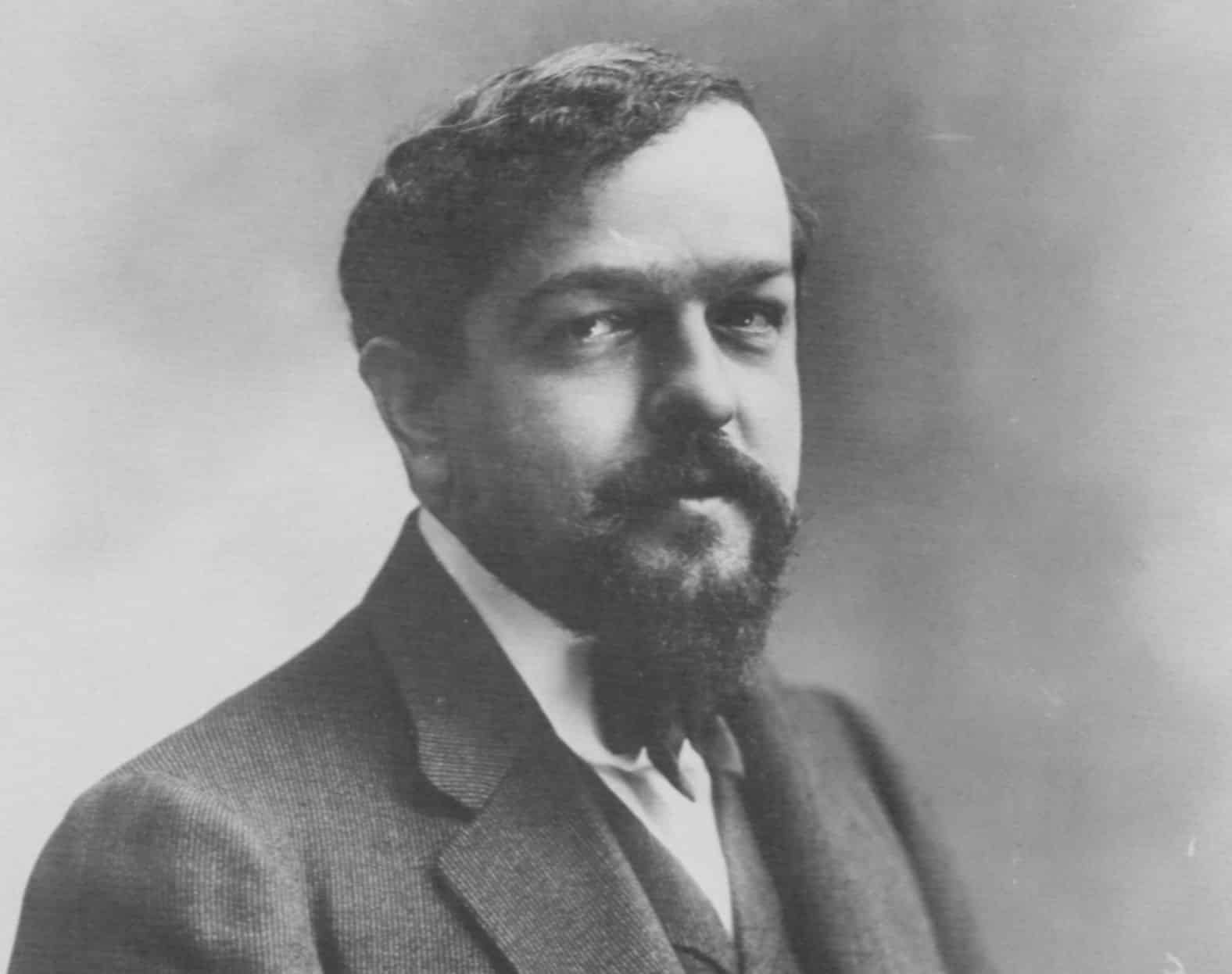Claude Debussy’s Deux Arabesques stand as two of the most beloved works in the solo piano repertoire, offering a glimpse into the budding genius of a composer who would go on to revolutionize modern music. Composed between 1888 and 1891, when Debussy was still in his twenties, the Arabesques reflect the early stages of his unique musical voice—one that would soon come to define the Impressionist movement in music, even as Debussy himself disliked the label.
A Young Composer’s Vision
At the time Debussy wrote the Deux Arabesques, he was already an accomplished musician, having won the prestigious Prix de Rome in 1884. These pieces, however, were not designed to showcase grandeur or virtuosity. Instead, they offer a more intimate and poetic character, hinting at the delicate textures and innovative harmonies that would later define masterpieces such as Clair de Lune and Prélude à l’après-midi d’un faune.
The title “Arabesque” was likely inspired by the decorative, intricate motifs found in Arabic art and architecture. In the musical context, it refers to the elegant, flowing melodic lines and ornamentation that characterize both pieces. While not overtly programmatic, the works evoke images of nature, movement, and delicate beauty.
Structure and Style
The Deux Arabesques consist of two separate pieces:
- Arabesque No. 1 in E major – Andantino con moto
The first arabesque is light, dreamy, and lyrical. It opens with flowing broken chords in the right hand, gently weaving a tapestry of sound that is at once graceful and subtly melancholic. The use of whole-tone scales and non-functional harmony—hallmarks of Debussy’s later style—can already be heard in this early work. The piece is often associated with images of water or the fluttering of leaves, due to its fluid rhythm and impressionistic character. - Arabesque No. 2 in G major – Allegretto scherzando
The second arabesque is more playful and rhythmic. It features a gentle dance-like motion, with clear phrasing and lively ornamentation. Though shorter and less meditative than the first, it shares the same emphasis on texture and atmosphere. Here, Debussy experiments with subtle dynamic shifts and expressive contrasts that foreshadow his later innovations.
Reception and Legacy
Though not published until 1891, the Deux Arabesques were well received by the public and helped establish Debussy’s reputation as a fresh and imaginative voice in French music. Today, they are frequently performed and recorded by pianists around the world and are often included in piano teaching syllabi due to their combination of technical accessibility and musical depth.
More than just charming salon pieces, the Deux Arabesques are essential to understanding Debussy’s early development as a composer. They bridge the gap between Romanticism and the new, impressionistic aesthetic that he would soon champion.
Conclusion
Deux Arabesques may have been written during Debussy’s formative years, but they carry the seeds of the musical revolution he would later lead. Their lyrical elegance, harmonic innovation, and subtle emotionality continue to enchant listeners more than a century after they were composed. In them, we find not only beauty but also the beginning of a new way of thinking about music—one shaped by mood, color, and imagination.


Comments are closed